Fine-tuning plans to develop improved seed markets in Mexico
Executive representatives of more than 30 Mexican smallscale seed companies who belong to the International Maize Yield Consortium (IMIC) of the Sustainable Modernization of Traditional Agriculture (MasAgro) program attended a workshop titled “Planning the MasAgro-IMIC network of seed sector members and partners.”
Initially workshop participants were given general information on progress achieved by MasAgro. Félix San Vicente, IMIC leader at CIMMYT, then presented a list of basic and pre-commercial materials that IMIC has developed for Mexico’s main agro-ecological environments. San Vicente also described several training and capacity building activities that IMIC has prepared and which should contribute to increasing the productivity of Mexico’s seed industry.
Laura Donnet, IMIC’s Socioeconomic Studies coordinator, estimated that the companies represented at the workshop currently hold close to an 18% share of the market. For this reason, the challenge for IMIC is to collaborate with Mexican seed companies and help them to work together to sustainably increase their market share.
With this goal in mind, workshop discussions centered on identifying market information that seed companies require to successfully market IMIC’s new products. Seed producers also focused on designing commercialization and marketing strategies that would contribute to developing the improved seed market in MasAgro’s target areas. As a result, action plans were established for each agro-ecological area with the aim of promoting the adoption of improved seed by IMIC network members and partners.
Also attending the workshop were experts in plant breeding, seed markets and Mexico’s agroindustrial maize chain. During the general meetings workshop organizers were able to gather information on what the seed sector expects from MasAgro. The participants expressed great interest in having IMIC foster very close coordination between public sector development programs and their seed production activities.
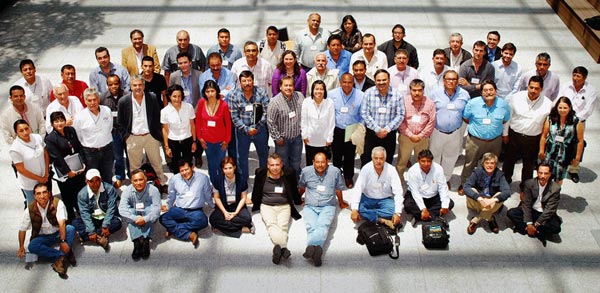
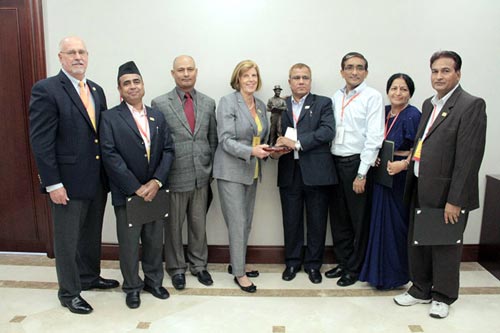 The first-ever
The first-ever 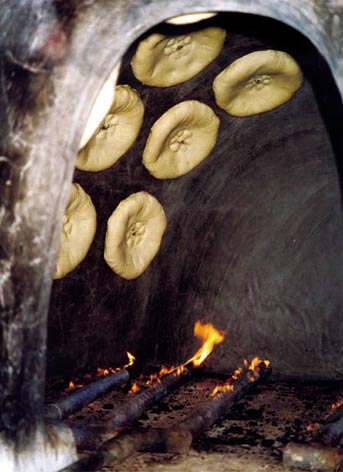 The 11th International Gluten Workshop (IGW) jointly organized by the Chinese Academy of Agricultural Sciences (CAAS),
The 11th International Gluten Workshop (IGW) jointly organized by the Chinese Academy of Agricultural Sciences (CAAS), 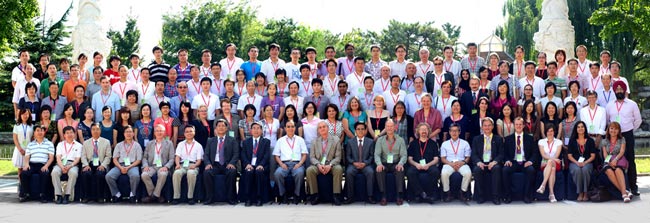


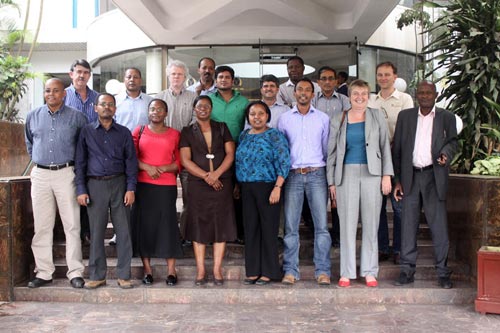 15 staff members from the
15 staff members from the 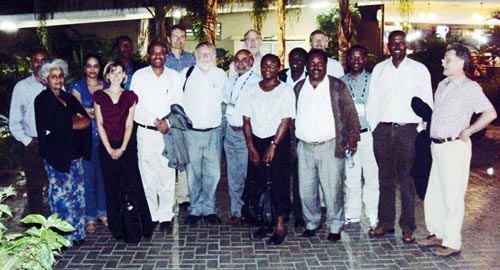 A team of scientists from CIMMYT’s socioeconomics program participated in the 28th triennial International Conference of Agricultural Economists (ICAE) in Foz do Iguaçu, Brazil, during 18-24 August 2012. ICAE, which is considered the key platform for the preservation of international agricultural and development economics research, brought together over 700 researchers and provided an opportunity to share new research ideas, methods, and tools.
A team of scientists from CIMMYT’s socioeconomics program participated in the 28th triennial International Conference of Agricultural Economists (ICAE) in Foz do Iguaçu, Brazil, during 18-24 August 2012. ICAE, which is considered the key platform for the preservation of international agricultural and development economics research, brought together over 700 researchers and provided an opportunity to share new research ideas, methods, and tools.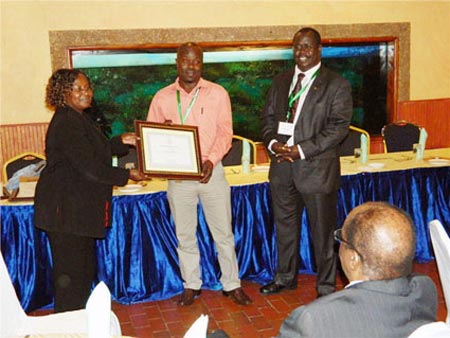 Murenga Mwimali, a PhD student in plant breeding at the University of Kwazulu Natal, South Africa, currently hosted at CIMMYT-Kenya, was awarded the best student poster at the first National Biosafety Conference in Nairobi, Kenya, during 6-9 August 2012. Mwimali represented the Insect Resistant Maize for Africa (IRMA) and
Murenga Mwimali, a PhD student in plant breeding at the University of Kwazulu Natal, South Africa, currently hosted at CIMMYT-Kenya, was awarded the best student poster at the first National Biosafety Conference in Nairobi, Kenya, during 6-9 August 2012. Mwimali represented the Insect Resistant Maize for Africa (IRMA) and  For the past three years the
For the past three years the  Maize plays a pivotal role in the livelihoods of people in southern Africa: its annual per capita consumption is around 85 kg. In the past season, however, farmers in Angola, Botswana, Lesotho, Swaziland, and much of Zimbabwe experienced a severe drought that significantly reduced their harvests.
Maize plays a pivotal role in the livelihoods of people in southern Africa: its annual per capita consumption is around 85 kg. In the past season, however, farmers in Angola, Botswana, Lesotho, Swaziland, and much of Zimbabwe experienced a severe drought that significantly reduced their harvests.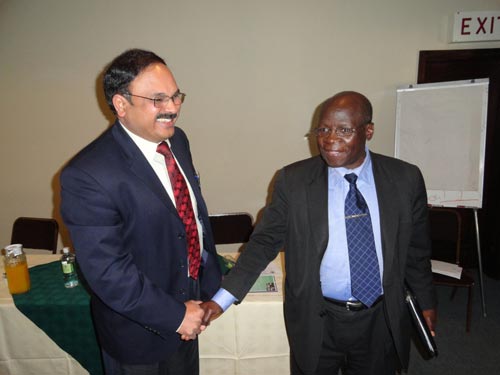 Participants discussed some of their notable achievements from 2011-12. Angola began its first commercial-scale production of the drought tolerant hybrid seed with Agropequária Kambondo and produced significant quantities of the drought tolerant openpollinated variety (OPV) ZM523. Farmers in the Democratic Republic of the Congo produced 80 tons of the drought tolerant OPV ZM623 through community-based seed schemes. Lesotho released a quality protein maize variety, and Zambia’s national program made significant progress in breeding for drought tolerance. Local emerging seed companies in Mozambique have begun production of one drought tolerant OPV and three drought tolerant hybrids.
Participants discussed some of their notable achievements from 2011-12. Angola began its first commercial-scale production of the drought tolerant hybrid seed with Agropequária Kambondo and produced significant quantities of the drought tolerant openpollinated variety (OPV) ZM523. Farmers in the Democratic Republic of the Congo produced 80 tons of the drought tolerant OPV ZM623 through community-based seed schemes. Lesotho released a quality protein maize variety, and Zambia’s national program made significant progress in breeding for drought tolerance. Local emerging seed companies in Mozambique have begun production of one drought tolerant OPV and three drought tolerant hybrids.